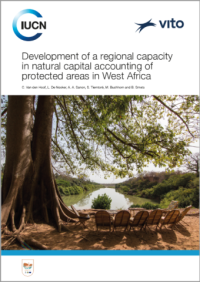Ex situ options for cetacean conservation
China’s Yangtze river dolphin (Lipotes vexillifer), was declared likely to be extinct in 2006, due to threats in the wild such as habitat loss, entanglement in fishing gear and ship strikes, which were not effectively dealt with using the management tools available prior to that time. Mexico’s vaquita (Phocoena sinus), a porpoise found only in the Upper Gulf of California, will become extinct in the near future if the illegal fishery to obtain fish swim bladders for illicit international markets is not eliminated very soon. In both of these cases, it took only a short time for the population to decrease from hundreds to tens of animals. This highlights the urgency of gaining information and taking action to anticipate and prevent such rapid declines in other threatened species and populations of small cetaceans. To prevent more extinctions, we must learn from these losses and work harder (and faster) – we need to ensure not only that the causes of decline are clearly understood and actions are in place to mitigate them, but also that the conservation toolbox is ready and that the ground has been prepared – politically, culturally, scientifically, and logistically – for actions that may be needed in the future. A workshop, “Ex situ Options for Cetacean Conservation” (ESOCC) was held in Nuremberg, Germany, 14-18 December 2018, to start those preparations.



